The Presidential Palace, Opera House and the Metropole Hotel get plenty of tourist attention as showpieces of French colonial architecture in Vietnam's capital, Hanoi. Two of my favourite colonial era buildings, the Hanoi University building (aka. University of Science) and the Pasteur Institute, are less well-known.
After wandering past admiringly over many years, I finally got in for a closer look last Sunday.
French architect, Ernest Hebrard was the man behind many of Hanoi’s most famous buildings - the Museum of Vietnamese History, the Ministry of Foreign Affairs building, as well as these two. They’re excellent examples of the Indochine architectural style that took root in the 1920s.
The Indochina style fuses French and local influences for aesthetic and practical effect.
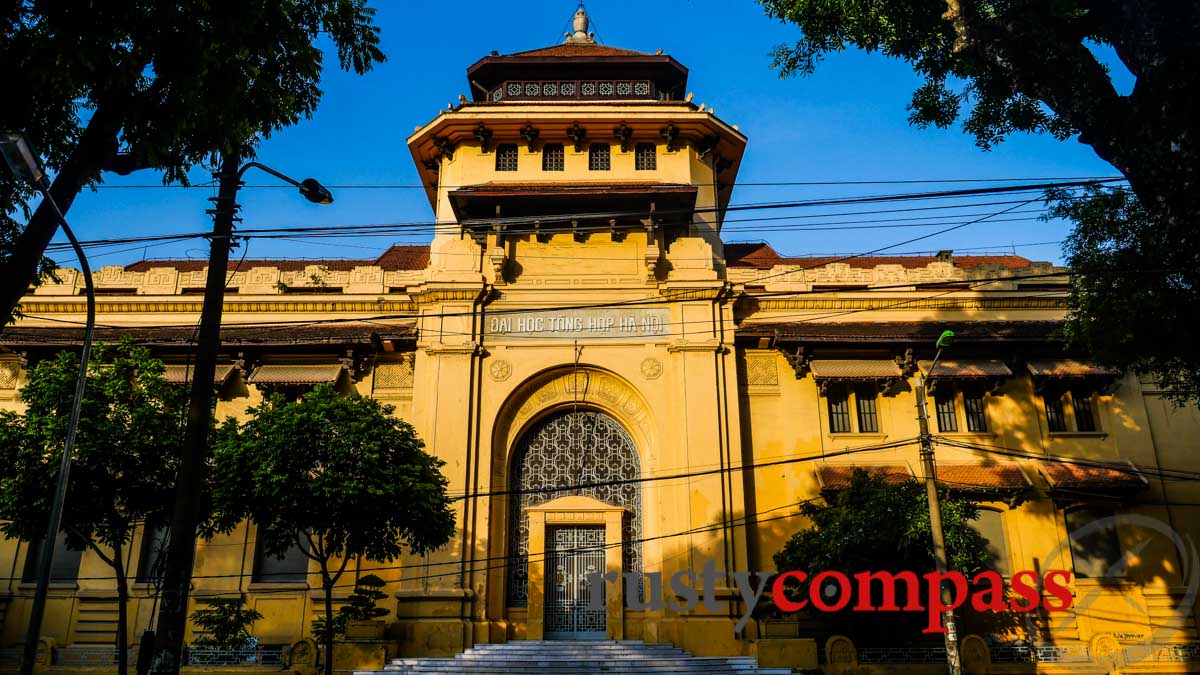
Photo: Mark Bowyer Ernest Hebrard's Science University in Hanoi
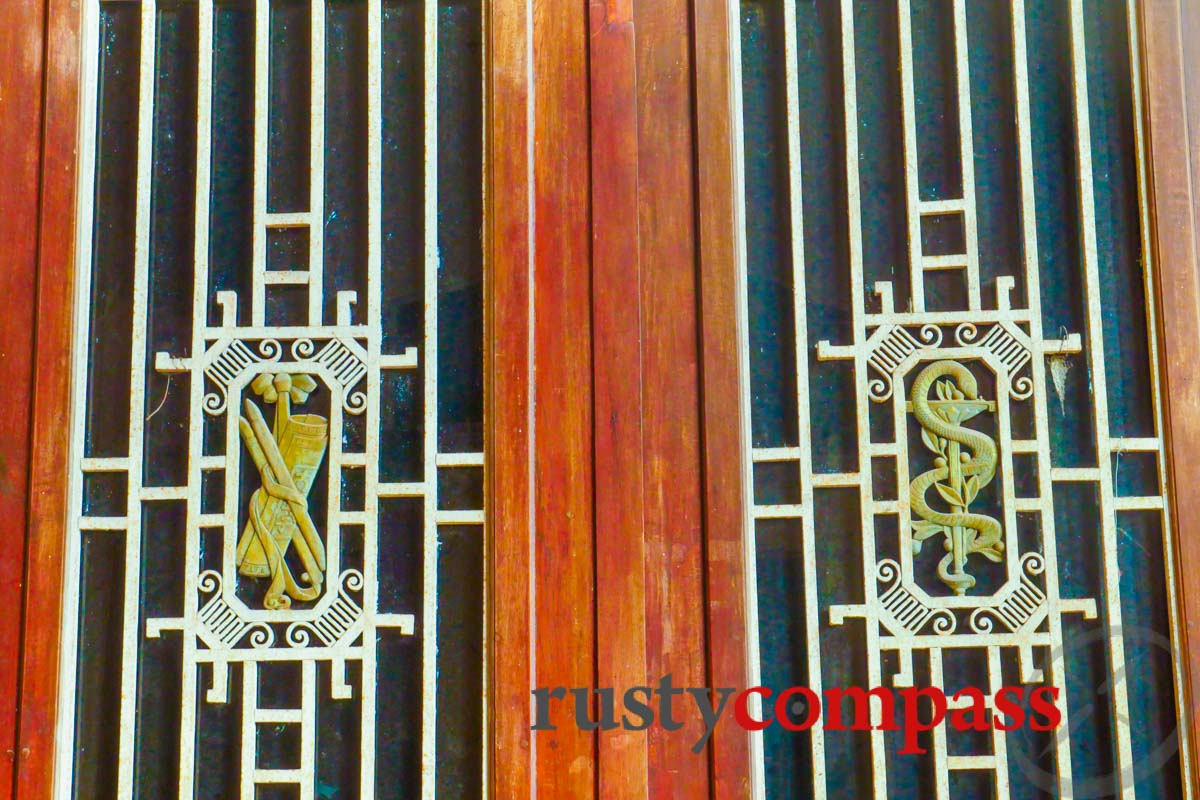
Photo: Mark Bowyer Ernest Hebrard's Science University in Hanoi
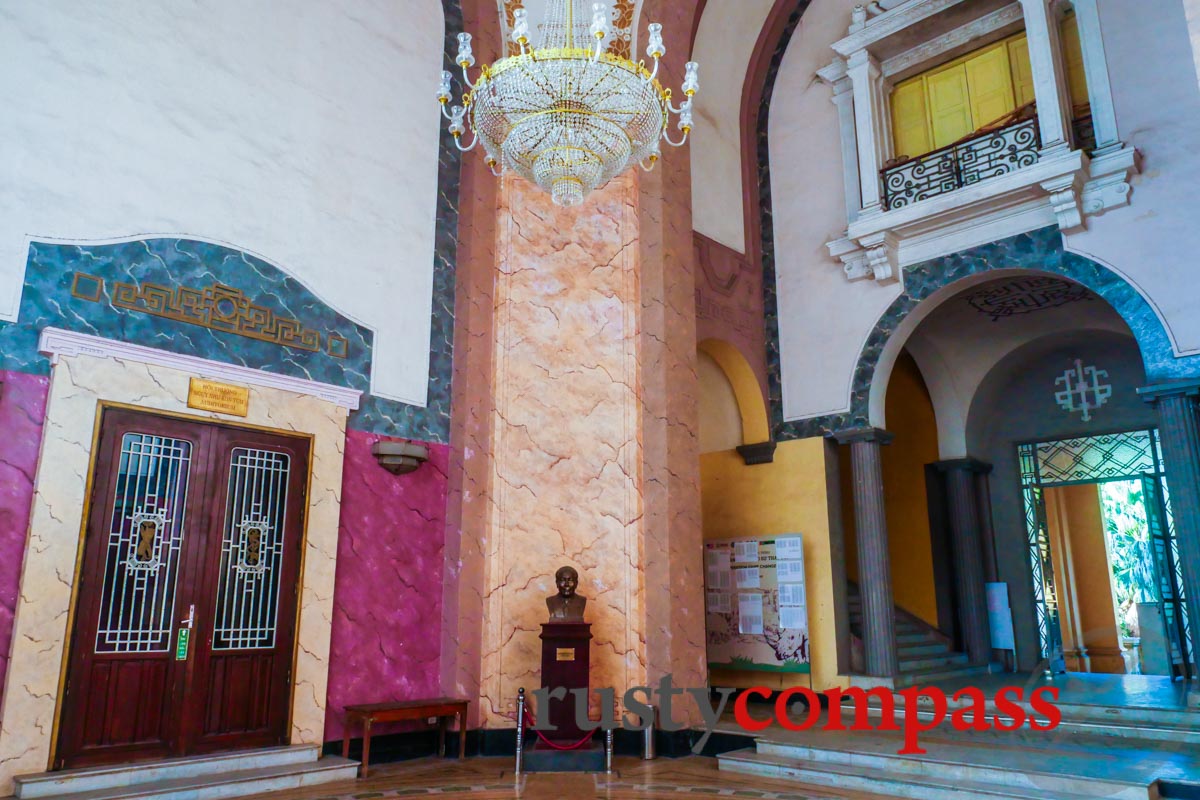
Photo: Mark Bowyer Ernest Hebrard's Science University in Hanoi
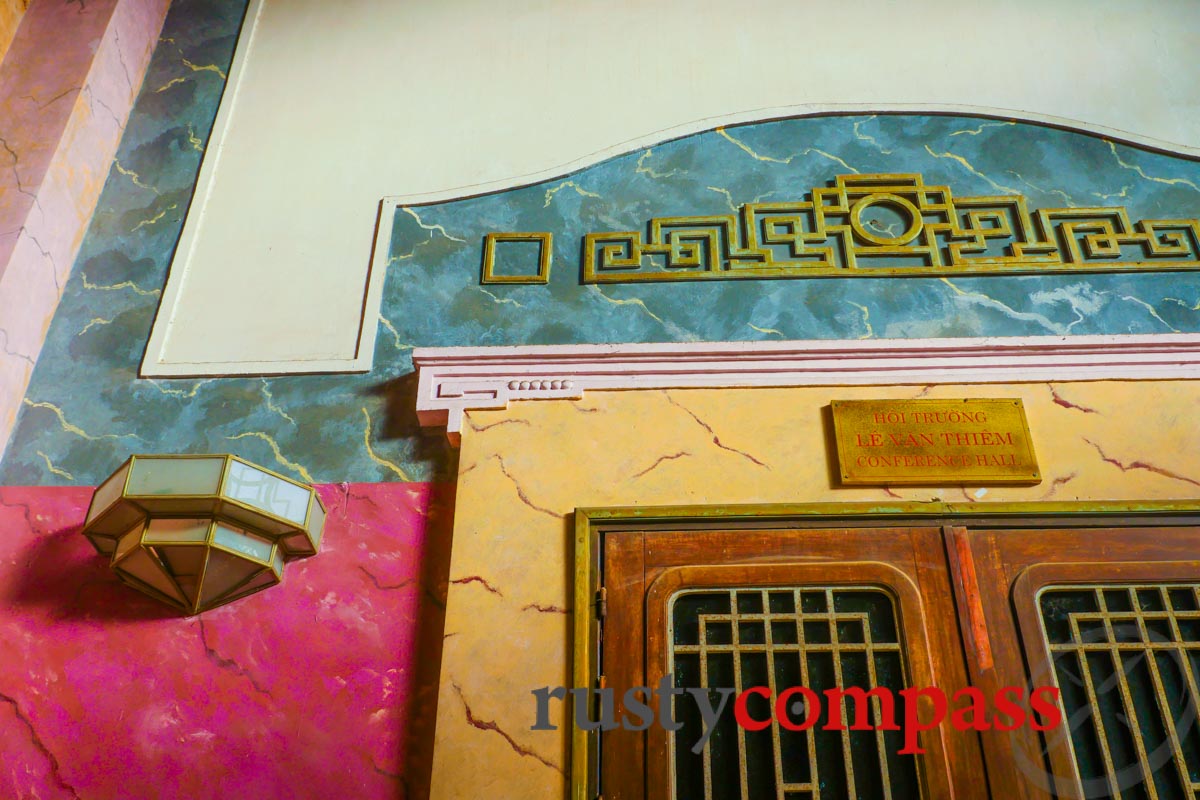
Photo: Mark Bowyer Ernest Hebrard's Science University in Hanoi
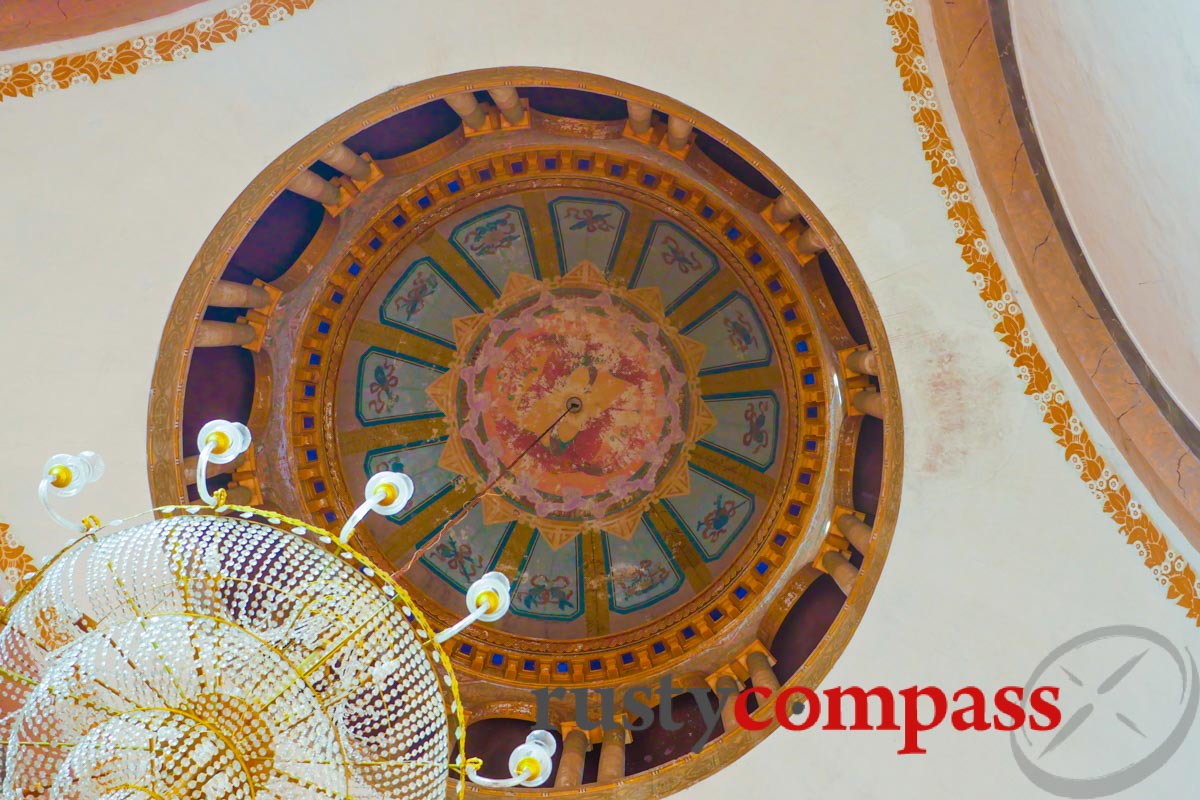
Photo: Mark Bowyer Ernest Hebrard's Science University in Hanoi
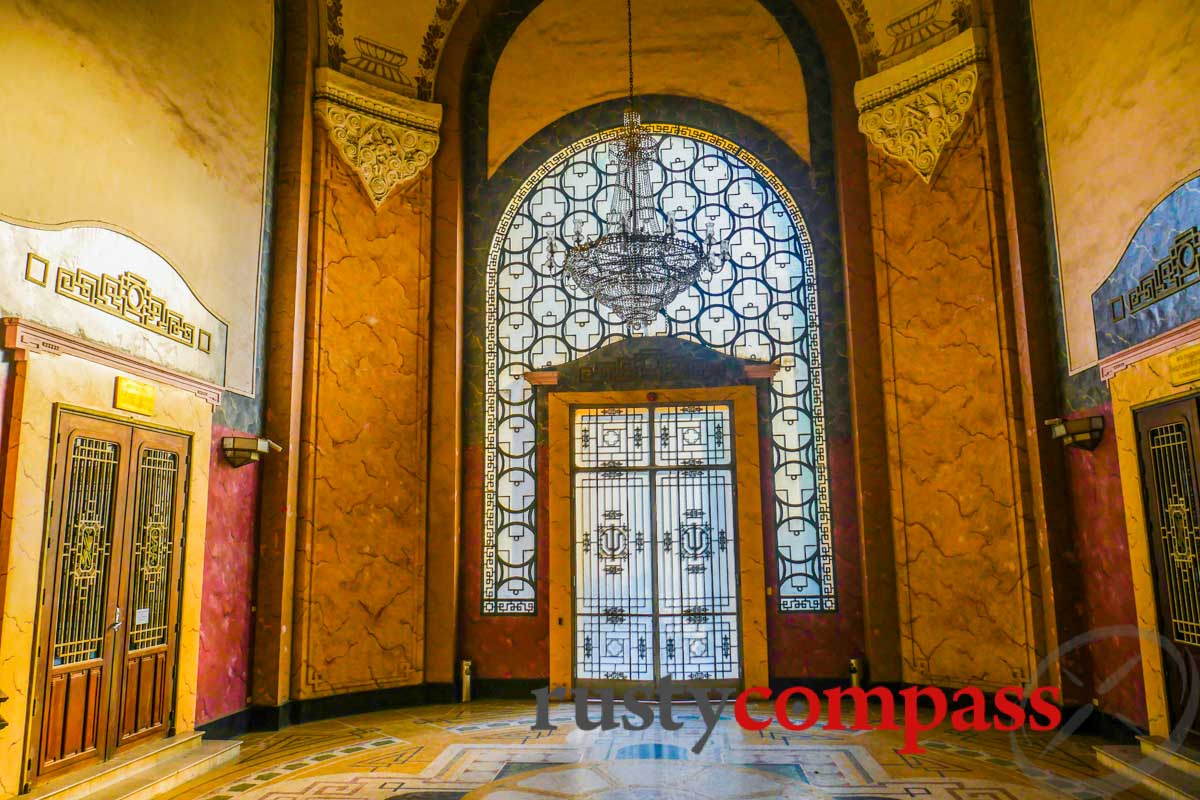
Photo: Mark Bowyer Ernest Hebrard's Science University in Hanoi
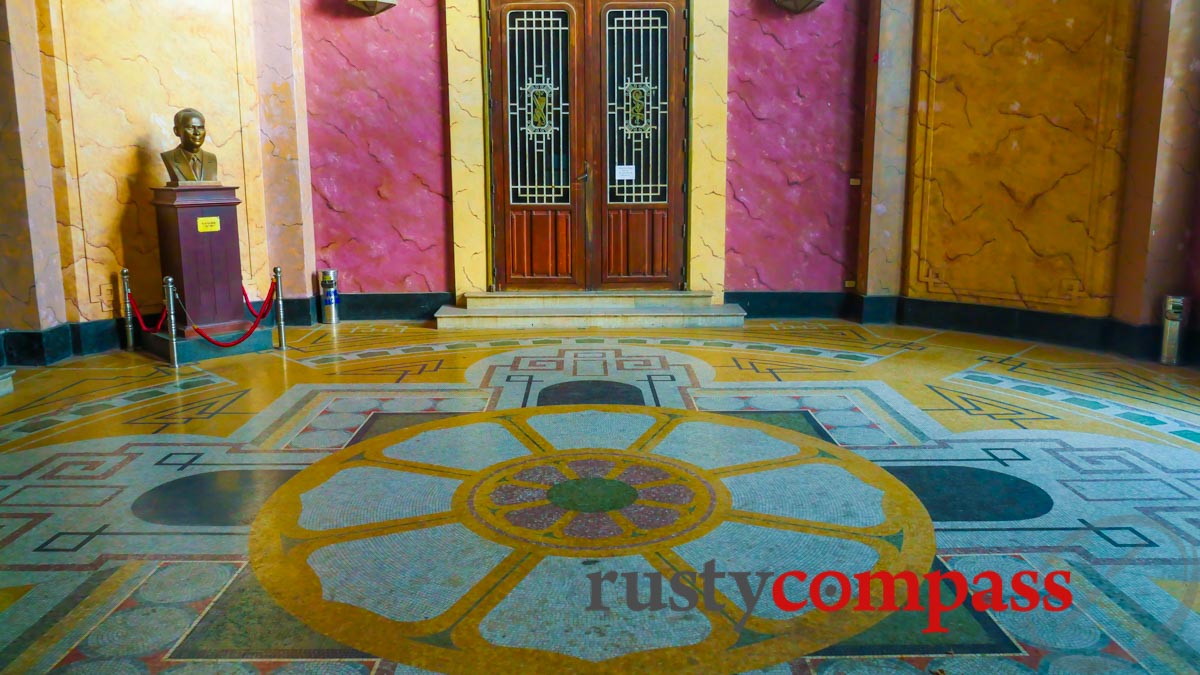
Photo: Mark Bowyer Ernest Hebrard's Science University in Hanoi
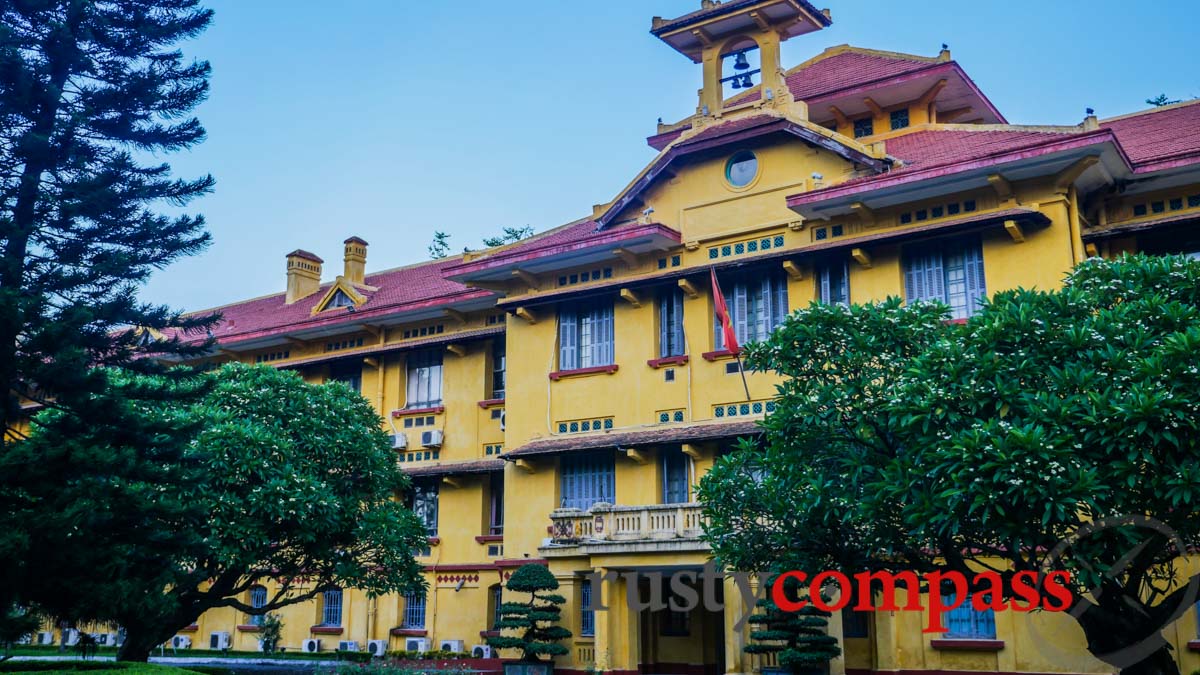
Photo: Mark Bowyer Ernest Hebrard's Pasteur Institute in Hanoi
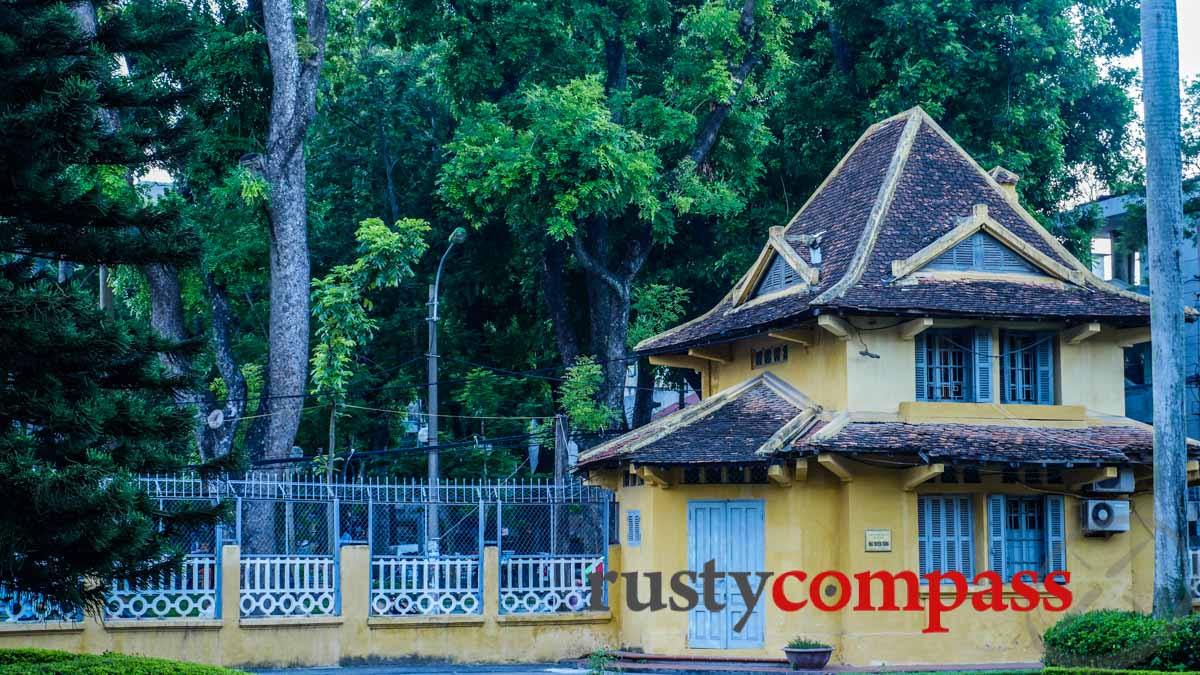
Photo: Mark Bowyer Ernest Hebrard's Pasteur Institute in Hanoi
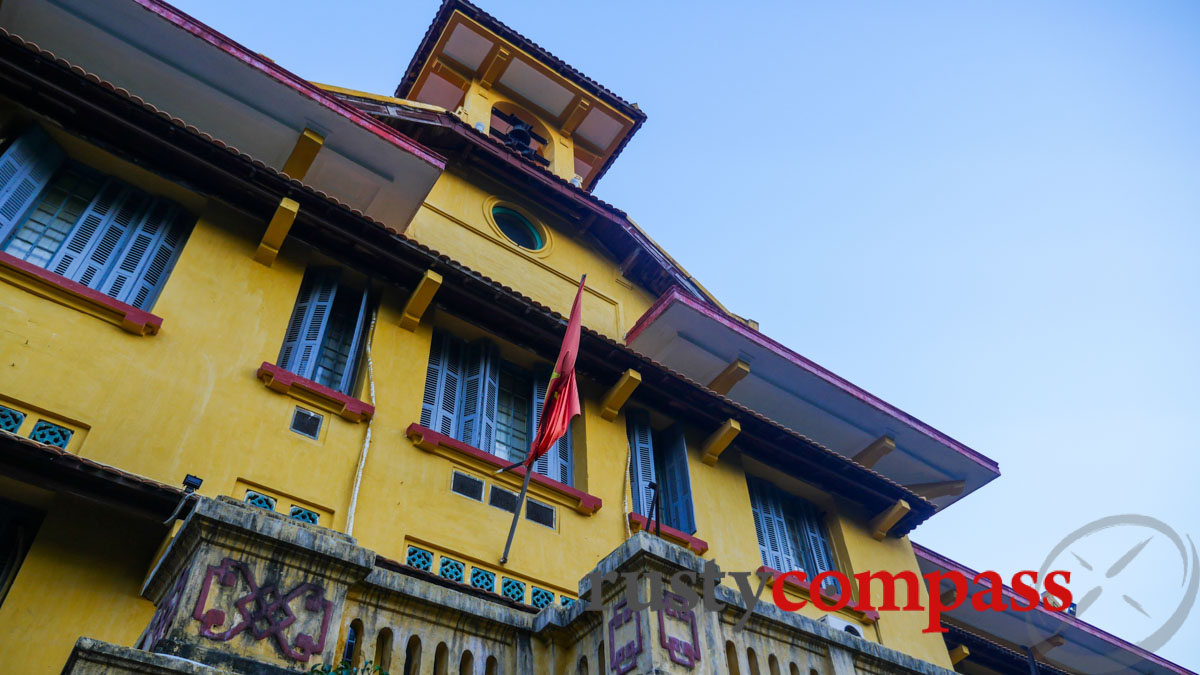
Photo: Mark Bowyer Ernest Hebrard's Pasteur Institute in Hanoi
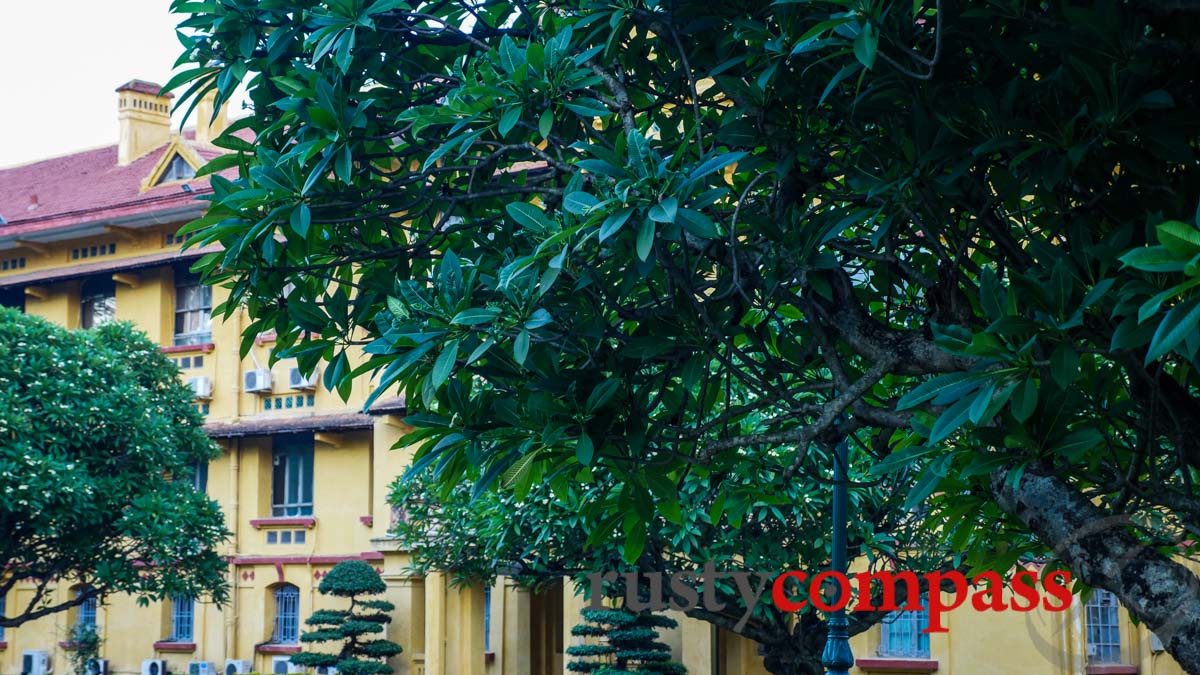
Photo: Mark Bowyer Ernest Hebrard's Pasteur Institute in Hanoi
Traditional French structures were not well suited to the climate of the colonies. And some French architects like Hebrard were interested in adapting local design features into their work. Hebrard’s work can also be seen in Saigon and Phnom Penh.
Like many heritage sites throughout Vietnam, there’s no information available for visitors to any of these buildings. It’s not unusual for visitors to be chased away by over-zealous security guards who can't imagine why anyone would be interested in photographing old buildings. I was lucky to be able to get inside last weekend. Unfortunately, you may not have similar luck.
It’s interesting to note that while the French were building these grand edifices in the 1920s, anti-colonial and communist sentiments were building throughout Vietnam. Ho Chi Minh inaugurated his Vietnamese Revolutionary Youth League, a precursor to the Communist Party, in Guangzhou in 1925.
If you’d like to see these buildings in the flesh, the Hanoi University aka. University of Science building is located at 15 Le Thanh Tong St - not far from the Metropole Hotel. The Pasteur Institute (now called the Institute of Hygiene and Epidemiology) is located at the southern end of Tran Thanh Tong St.
I was blown away by the atrium at the Science University - incredible colours and clashes in style. I don’t recall seeing anything quite like it anywhere in this region. Would love to know more about the mosaic floor too.
It’s a great loss to tourism in Saigon and Hanoi that buildings like these aren’t open, at least occasionally, and aren’t embraced by tourism officials and planners.
Hopefully at some point, they will start to appreciate the cultural and economic value of these assets - and provide some quality information and access for curious visitors. Tourists love this stuff - especially when the stories of the people and the times are added.
I’ve struggled to find any further information about these buildings apart from what’s available in William Logan’s Hanoi: A biography of a city. It would be great to know more about the atrium, the dome and the mosaic floor. If you know any more, please let us know.

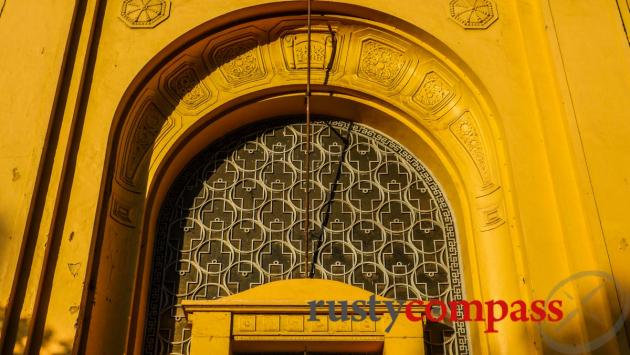



There are no comments yet.